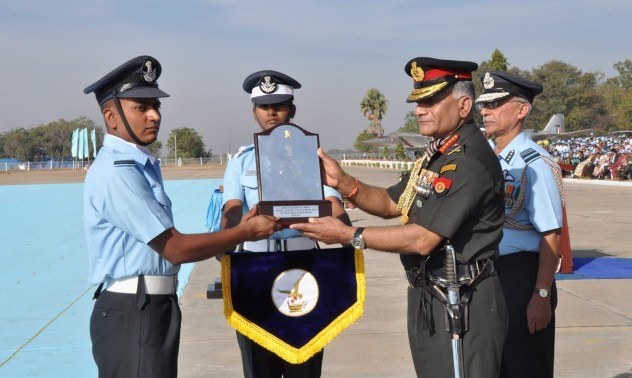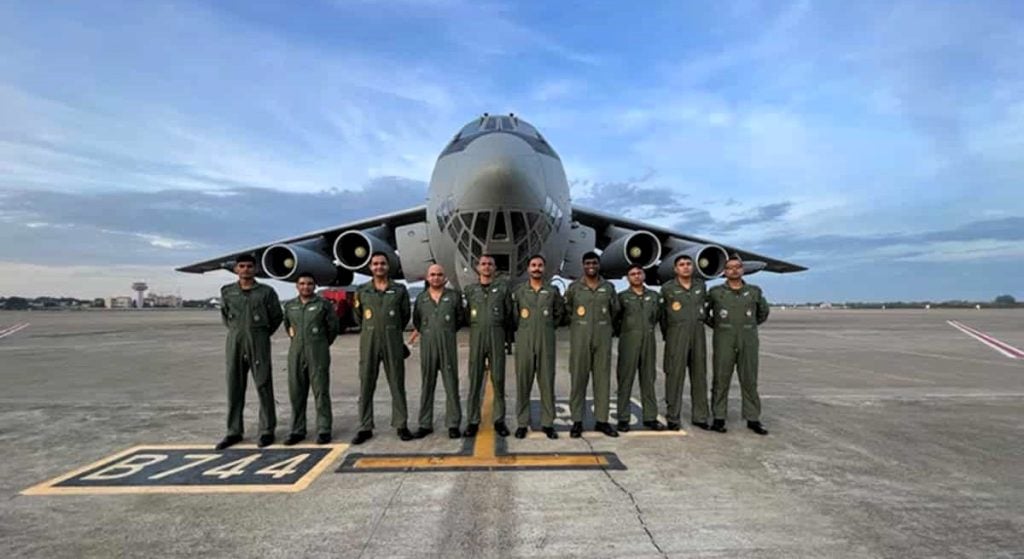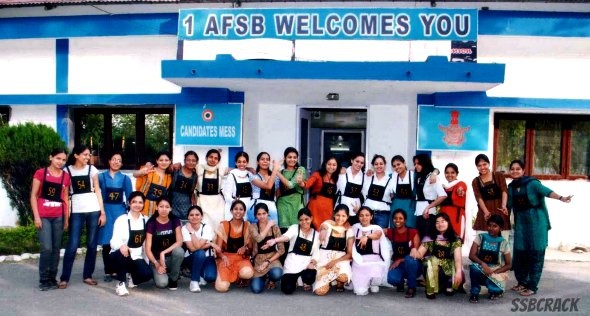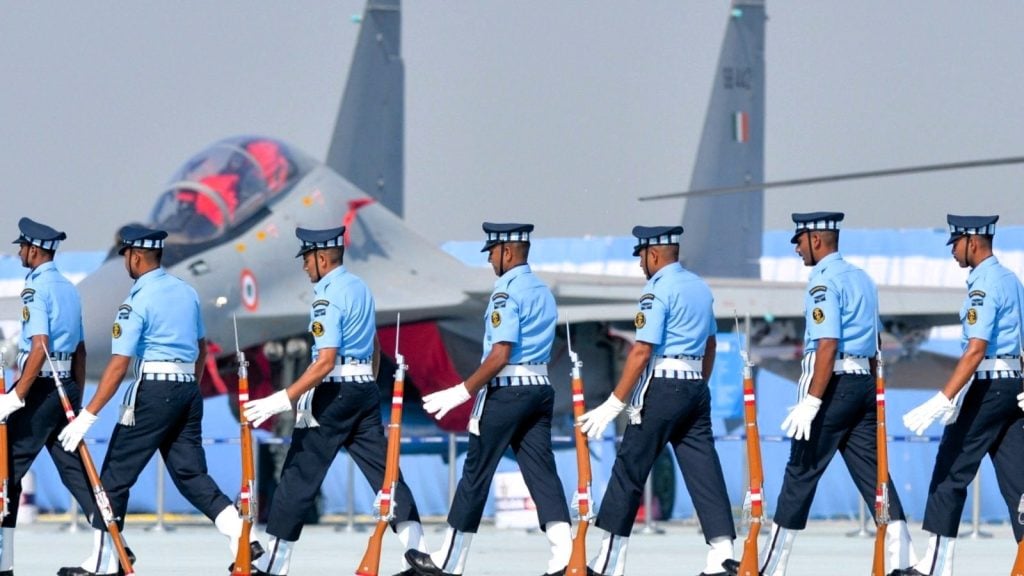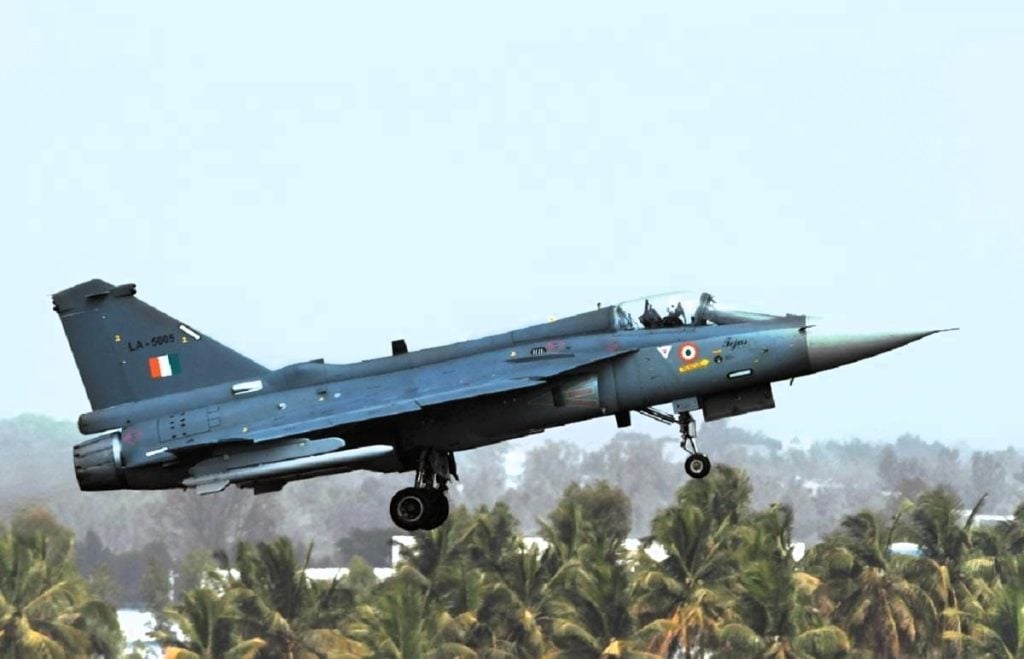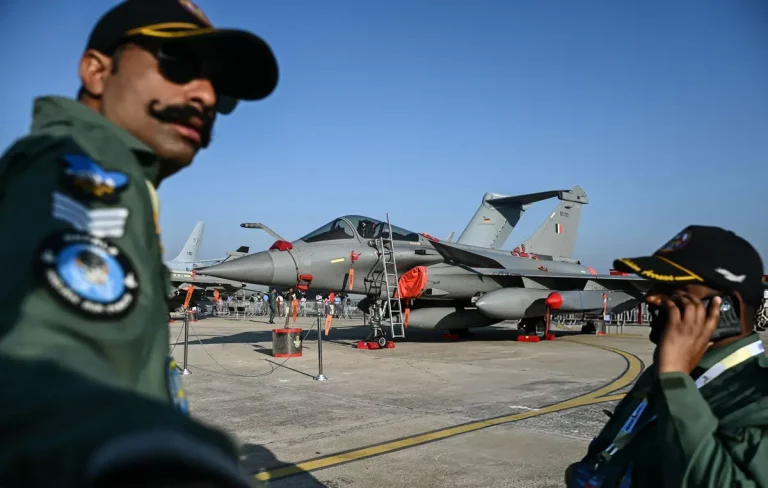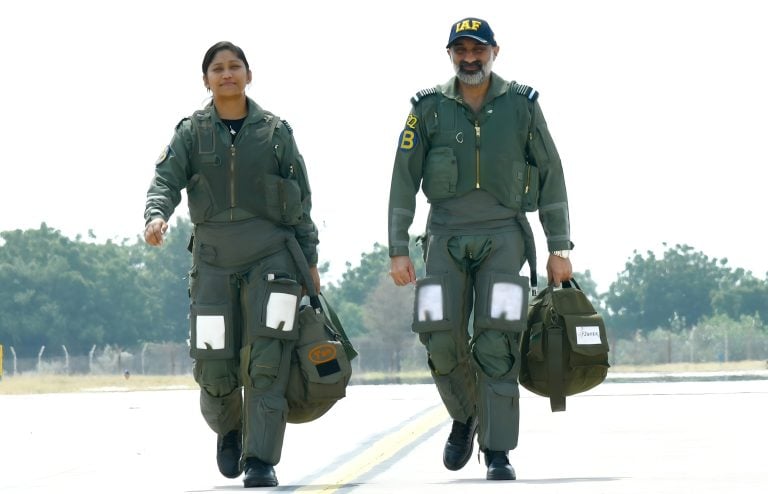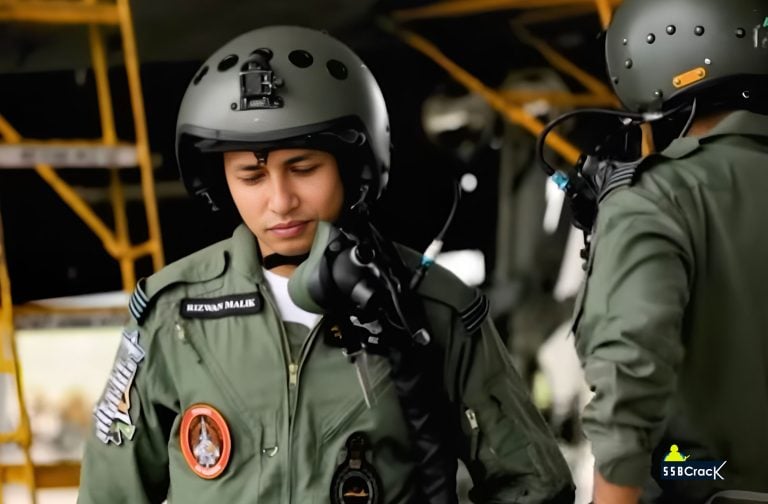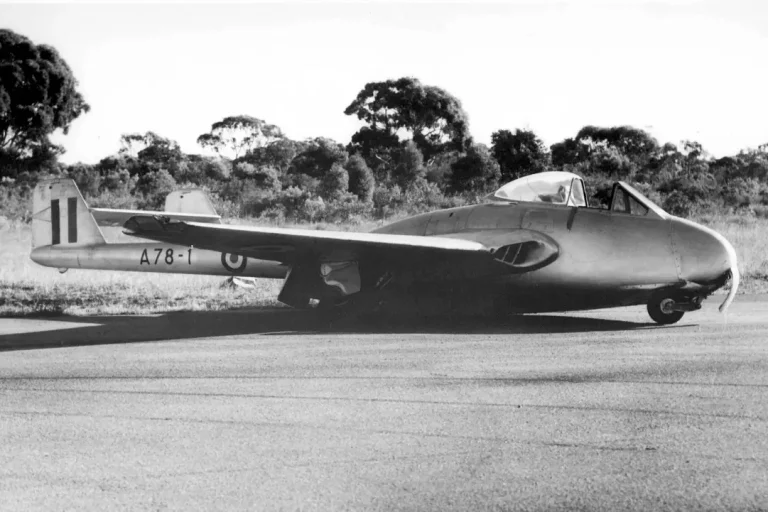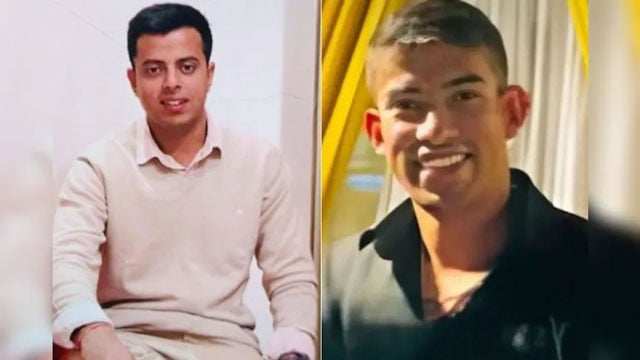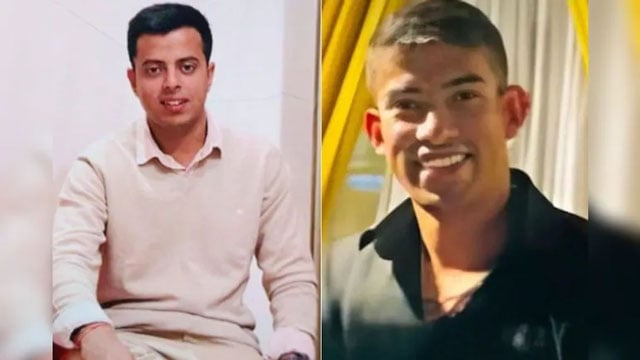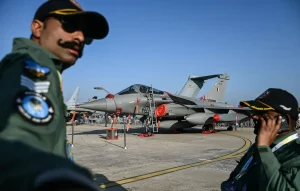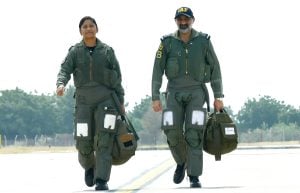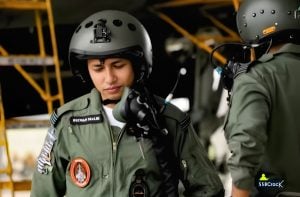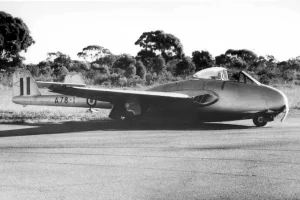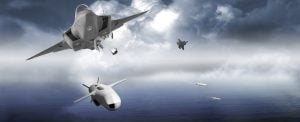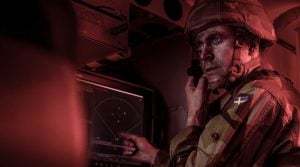Becoming a fighter pilot in the Indian Air Force is a cherished aspiration for countless aviation enthusiasts. The thrilling dream of commanding powerful fighter jets and defending the skies demands dedication, required skills, and an unyielding spirit. This article takes you through a step-by-step journey to join the ranks of the elite fighter pilots in the Indian Air Force who protect and serve the nation from the aerial frontlines.
Educational Qualifications
The first step on the path to becoming a fighter pilot is to fulfill the educational requirements. Aspiring candidates must have completed their 10+2 education with Physics and Mathematics as compulsory subjects. Achieving a minimum percentage in these subjects is crucial for eligibility in the Indian Air Force’s flying branch.
Choosing the Right Entry
It is imperative to understand the various entry options available based on the candidate’s educational qualifications.
Way 1: NDA (National Defence Academy)
For young individuals who are yet to complete their graduation, the National Defence Academy (NDA) offers a prestigious entry point to the Indian Air Force. The NDA exam, conducted biannually by the Union Public Service Commission (UPSC), is the gateway to a career in the defense forces. Aspiring candidates can apply for the NDA examination during their 10+2 education.
Way 2: CDS (Combined Defence Services) Exam
For graduates in any discipline, the Combined Defence Services (CDS) exam is an alternative route to join the flying branch. Also conducted by UPSC twice a year, the CDS exam welcomes graduates to pursue their dreams of becoming fighter pilots.
Way 3: AFCAT (Air Force Common Admission Test)
Another pathway to the flying branch is through the Air Force Common Admission Test (AFCAT). This examination, conducted biannually by the Indian Air Force, provides opportunities for talented individuals to join as commissioned officers and embark on a journey to become fighter pilots.
AFCAT Exam Online Mock Test Series
Way 4: NCC (National Cadet Corps) Special Entry
Individuals who possess the Air Wing Senior Division ‘C’ Certificate are eligible for the National Cadet Corps (NCC) Special Entry. Men can apply for Permanent Commission, whereas both men and women are eligible for Short Service Commission. Candidates can join the National Cadet Corps (NCC) Air Wing either through the Directorate General National Cadet Corps or their respective NCC Air Squadrons.
To be eligible, candidates must have completed a three-year graduate course or a four-year BE/B Tech course in any discipline from a recognized university with a minimum of 60% marks or its equivalent.
Services Selection Board (SSB) Interview
Successfully clearing the written exam (NDA, CDS, or AFCAT) leads candidates to the next phase: the Services Selection Board (SSB) interview. This rigorous assessment evaluates the candidates’ aptitude, personality, leadership qualities, and overall suitability for a distinguished career in the Indian Air Force.
How to Prepare for SSB Interview? Check Preparation Tips for SSB
JAG 33 SSB Interview Dates OTA Chennai Indian Army
Medical Examination
Candidates who pass the SSB interview must undergo a comprehensive medical examination to meet the stringent medical standards set by the Indian Air Force. Physical fitness and health are critical for aspiring fighter pilots.
Pilot Aptitude Battery Test (PABT)
The final hurdle before training as a fighter pilot is the Pilot Aptitude Battery Test (PABT). This test assesses the candidates’ suitability for flying duties and determines their potential to handle the demands of aerial combat.
Indian Airforce Agniveer Vayu Admit Card 2024, Exam City Out
Training at Air Force Academy
Selected candidates commence their journey as officers in the Indian Air Force at the esteemed Air Force Academy (AFA) for basic military training. The flying branch training encompasses learning to fly various aircraft, including fighter jets, and honing the skills required for aerial excellence.
Advanced Training for Fighter Pilots
Upon completion of basic training, the chosen candidates progress to advanced training as fighter pilots. They are trained on cutting-edge fighter aircraft, mastering the art of aerial combat, and preparing for the ultimate role as defenders of the skies.
Conclusion
Achieving the title of a fighter pilot in the Indian Air Force requires dedication, resilience, and a deep passion for the skies. This prestigious profession offers a unique chance to soar high and serve the nation with pride and valor. As these select individuals become fighter pilots, they embody the highest standards of bravery, safeguarding the nation’s skies with unwavering determination and an unyielding spirit.
FAQs
Q1: What are the educational qualifications required to become a fighter pilot in the Indian Air Force?
Aspiring candidates must have completed their 10+2 education with Physics and Mathematics as compulsory subjects. Additionally, they need to meet specific eligibility criteria based on the entry route they choose.
Q2: What are the different entry routes available for aspiring fighter pilots?
There are several entry routes, including National Defence Academy (NDA);Combined Defence Services (CDS) Exam;Air Force Common Admission Test (AFCAT);National Cadet Corps (NCC) Special Entry
Q3: What is the process after clearing the written exam?
After clearing the written exam, candidates proceed to the Services Selection Board (SSB) interview, followed by a comprehensive medical examination and the Pilot Aptitude Battery Test (PABT).
Q4: What is assessed during the SSB interview?
The SSB interview evaluates candidates’ aptitude, personality, leadership qualities, and overall suitability for a career in the Indian Air Force.
Q5: What are the medical requirements to become a fighter pilot?
Candidates must meet stringent medical standards set by the Indian Air Force, ensuring they are physically fit to handle the demands of flying duties.
Q6: What is the Pilot Aptitude Battery Test (PABT)?
The PABT assesses candidates’ suitability for flying duties and determines their potential to handle the demands of aerial combat.
Q7: Where is the training conducted for aspiring fighter pilots?
Selected candidates undergo training at the Air Force Academy (AFA) for basic military training, followed by advanced training for fighter pilots.
Q8: What is the duration of training to become a fighter pilot?
The duration of training varies but typically includes basic military training followed by advanced training, which can span over a few years.
Q9: Can women become fighter pilots in the Indian Air Force?
Yes, women are eligible to become fighter pilots in the Indian Air Force through certain entry routes like the NCC Special Entry.
Q10: Is prior flying experience required to become a fighter pilot?
No, prior flying experience is not required. Training for fighter pilots starts from scratch at the Air Force Academy.
